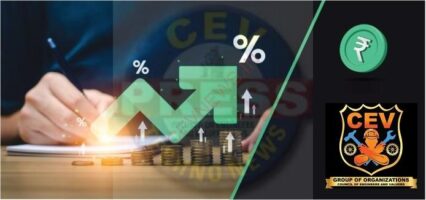ECONOMIC OBSOLESCENCE: NAVIGATING EXTERNAL FACTORS IN ASSET DEPRECIATION
In India, the phenomenon of economic obsolescence poses significant challenges to businesses, particularly in the realm of asset depreciation. Economic obsolescence refers to the diminishing value of assets due to external factors beyond the control of the owner or operator. Navigating through these external factors requires a strategic approach and adaptability to mitigate financial losses.
1. External Factors Impacting Asset Depreciation:
a. Technological Advancements: Rapid advancements in technology render existing assets obsolete at an alarming rate. Industries reliant on machinery and equipment face the constant threat of depreciation due to the emergence of more efficient alternatives.
b. Market Trends and Consumer Preferences: Shifts in consumer preferences and market trends can swiftly devalue assets. Businesses must stay attuned to changing demands to prevent their assets from becoming outdated.
c. Regulatory Changes: Legislative changes, such as environmental regulations or tax reforms, can significantly impact the value of assets. Failure to comply with new regulations may render assets obsolete or financially burdensome to maintain.
2. Strategies to Mitigate Economic Obsolescence:
a. Investing in Innovation: Constant innovation and R&D efforts can help businesses stay ahead of technological obsolescence. By investing in new technologies and processes, companies can enhance efficiency and prolong the lifespan of their assets.
b. Diversification of Assets: Diversifying asset portfolios can spread risk and mitigate the impact of obsolescence in one particular sector or industry. This approach enables businesses to adapt to changing market dynamics more effectively.
c. Flexible Asset Management: Adopting flexible asset management strategies allows businesses to adjust quickly to external changes. Leasing equipment instead of purchasing outright or implementing modular systems can provide greater agility in asset utilization.
3. Collaborative Partnerships and Alliances:
a. Industry Collaboration: Collaborating with industry peers and stakeholders can facilitate knowledge sharing and collective efforts to address common challenges posed by economic obsolescence. Pooling resources and expertise can foster innovation and resilience.
b. Government Engagement: Engaging with government bodies and policymakers can influence regulatory frameworks and promote conducive business environments. Advocating for supportive policies can alleviate the burden of regulatory-induced obsolescence.
4. Continuous Monitoring and Adaptation:
a. Risk Assessment: Regular risk assessments are essential to identify potential sources of economic obsolescence and assess their impact on assets. Proactive risk management strategies enable businesses to anticipate challenges and implement timely interventions.
b. Agile Decision-Making: Adopting agile decision-making processes enables businesses to respond swiftly to changing market conditions and external factors. Flexibility and adaptability are key attributes in navigating economic obsolescence effectively.
In India’s dynamic business landscape, economic obsolescence presents a formidable challenge for enterprises seeking to maintain asset value and competitiveness. By understanding the external factors driving asset depreciation and implementing strategic measures to mitigate risks, businesses can navigate through uncertainty and emerge resilient in the face of economic obsolescence. Embracing innovation, fostering collaborative partnerships, and adopting agile management practices are integral components of a robust strategy to navigate the complexities of asset depreciation in the Indian economy.


